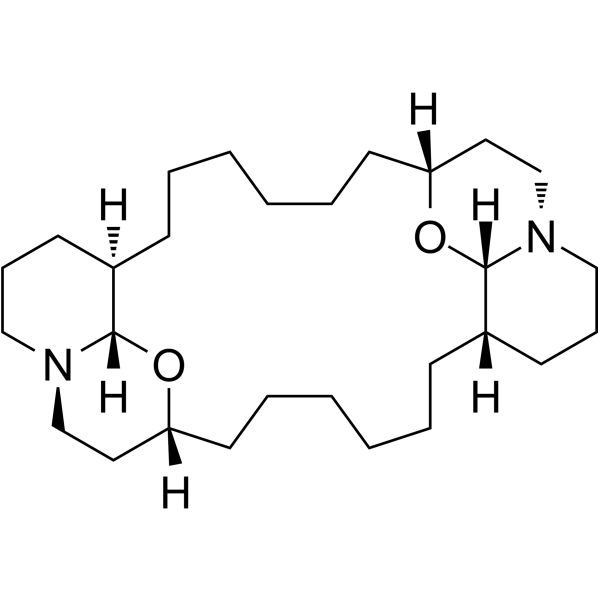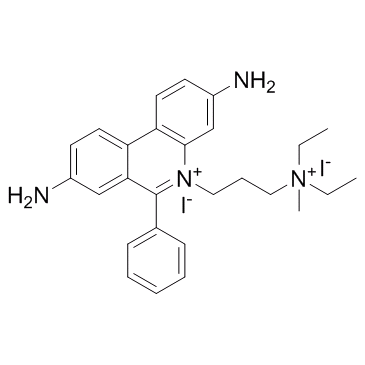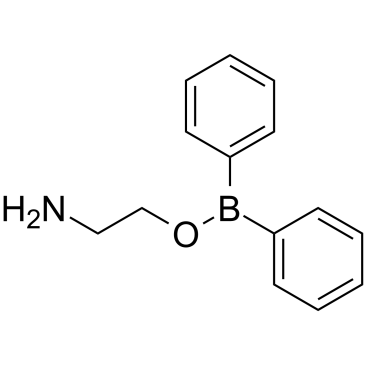| Structure | Name/CAS No. | Articles |
|---|---|---|
 |
D-(−)-Fructose
CAS:3615-56-3 |
|
 |
Xestospongin C
CAS:88903-69-9 |
|
 |
Propidium Iodide
CAS:25535-16-4 |
|
 |
2-Aminoethyl Diphenylborinate
CAS:524-95-8 |